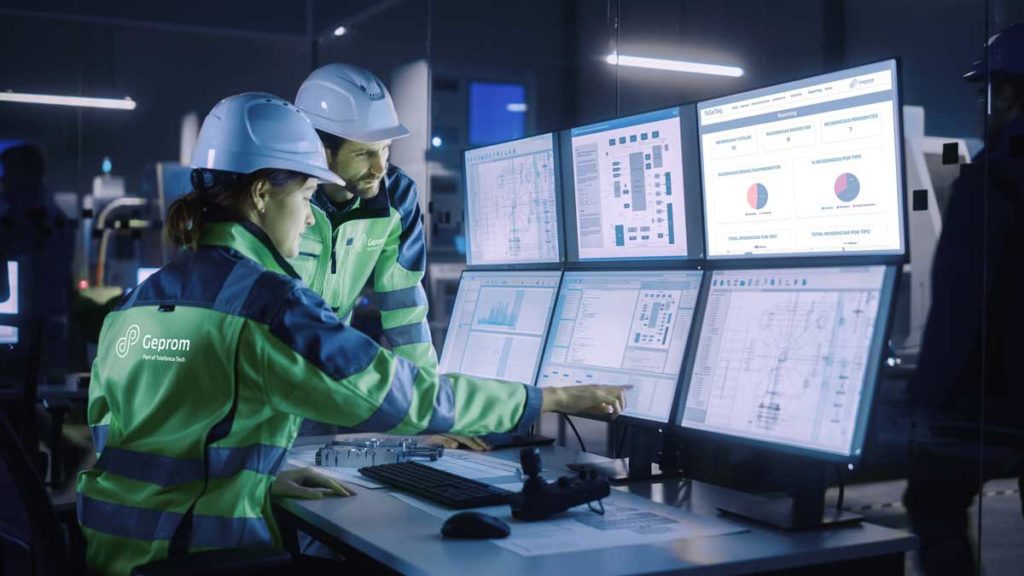Machine Learning has its origins as a branch of artificial intelligence. Therefore, we must first define what AI (Artificial Intelligence) is and what role Machine Learning plays in it.
AI defines a computer system capable of drawing conclusions from a set of data, these conclusions being a new algorithm. Therefore, it is not a system that is based on execution alone, but goes much deeper. Within artificial intelligence, we place Machine Learning and Deep Learning. ML (Machine Learning) has been around for several decades and is also known as Automated Learning.
Programmes using AI are able to identify patterns in data and make predictions based on these patterns. What differentiates Deep Learning from Machine Learning is that the latter does require historical data to have a basis on which to learn and evolve. In other words, Machine Learning consists of programmes that must first be “trained” using data, so that they can subsequently operate autonomously.
That is why the more data a company or factory has, the better the analysis Machine Learning will do and the better conclusions it will draw when executing its algorithm.
To understand this better, we can use the example of an image recognition programme. In order for a programme to recognise an element within an image, such as a shoe, we must first show it many images of shoes and teach it to recognise the characteristics of a shoe. We must train the programme until it knows how to recognise that element. Once the programme is up and running, it will adapt its algorithm as necessary to correct errors and gradually improve it.
Thanks to this, we have personalised recommendations of products or services, programmes capable of recognising speech and answering, cars capable of seeing the road and providing assistance to the driver, and so on. For this and many other examples, AI has been a technological breakthrough and has helped in many ways to improve the daily lives of users.
Difference between Machine Learning and Deep Learning
Deep Learning is a programme that learns automatically with deep neural networks that process data in a similar way to the human brain. The main difference to Machine Learning is that it does not need any human to teach the program what a shoe looks like. Simply by giving it enough images of a shoe, it is able to see the repeating pattern and therefore to identify and recognise the item.
This can be found, for example, in the iPhone’s ratings of photo albums. As we can see, for some years now our mobile phones have been able to group images by faces, detecting precisely who appears in the images so that the user can locate them more quickly.
While Deep Learning is a much more advanced and autonomous system than Machine Learning, Machine Learning requires much more initial data.
Other uses of Machine Learning
Machine Learning is able to convert a data sample into a computer programme that can extract interference from other data. This ability to learn is used to improve engines, robots, medical diagnostics or even credit card fraud.
A mobile company can use Machine Learning to detect potential customers who want to unsubscribe. They can then take commercial action and be proactive in trying to prevent it.
Even the human resources area of some companies uses Machine Learning to predict the productivity of their employees and see which will be more profitable in the future. Areas such as marketing also rely on these systems to know when it is best to take action, publish content or establish contact with the user.
We must bear in mind, however, that Machine Learning always makes use of data from the past in order to make predictions for future improvements.
Statistics are undoubtedly fundamental to autonomous learning. We must bear in mind that these systems are capable of analysing a huge amount of data that would be impossible for a person to analyse, and even more difficult to draw any conclusions from. Businesses today generate far more data than ever before, so having a system that analyses and improves itself can be a great advantage to your business. There is no doubt that AI represents the future of data analysis and production improvement.









